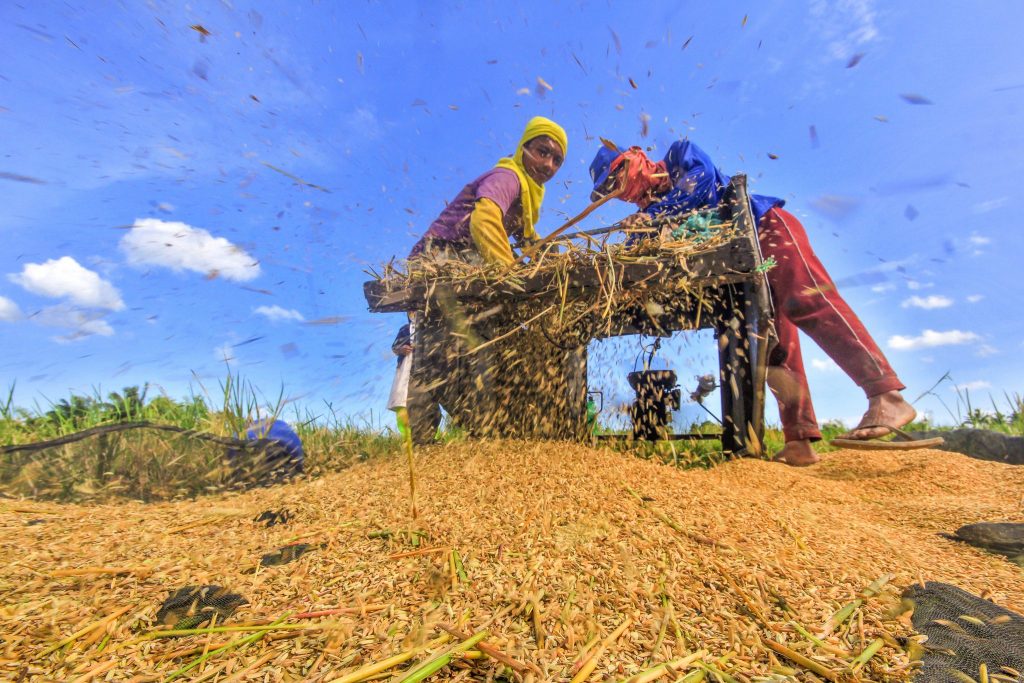News
W. Visayas posts highest annual growth in agri output: PSA

MANILA – Despite being casualty of typhoons in 2020, Western Visayas Region has recorded the biggest annual growth in terms of value of agricultural production at 4.7 percent.
The regions of Caraga at 3.6 percent, Bangsamoro Autonomous Region in Muslim Mindanao (BARMM) at 2.2 percent, and Central Visayas at 1.4 percent followed, the Philippine Statistics Authority (PSA) said in a report on Wednesday.
Higher agricultural productions were also noted in Ilocos Region at 1.0 percent, Soccsksargen (South Cotabato, Cotabato, Sultan Kudarat, Sarangani and General Santos) at 0.8 percent, Northern Mindanao at 0.4 percent, and Eastern Visayas at 0.1 percent.
For crop production, Western Visayas grew the biggest at 10.2 percent.
Eastern Visayas and Northern Mindanao also recorded growth rates of 2.1 percent and 2.0 percent, respectively.
Northern Mindanao was also the only region that posted increase in livestock production at 11.1 percent, while Calabarzon (Cavite, Laguna, Batangas, Rizal, and Quezon) accounted for the biggest share in livestock production at 16.0 percent.
Meanwhile, BARMM had the highest growth in poultry production at 10.2 percent. Double-digit increase in fisheries production was posted by Central Visayas at 15.7 percent.
On the other hand, Calabarzon registered the highest decline in agricultural production at -8.0 percent. Central Luzon was next with -6.6 percent reduction.
Decreases were also noted in the Cordillera Administrative Region (CAR) and Mimaropa (Occidental Mindoro, Oriental Mindoro, Marinduque, Romblon, and Palawan) Region, both at -2.8 percent. Lower productions were also recorded in Bicol Region at -2.1 percent, Davao Region at -1.9 percent, Zamboanga Peninsula at -1.1 percent, and Cagayan Valley at -0.5 percent.
Central Luzon, however, still topped the total agricultural production with 14.0 percent. The region was also the biggest contributor to poultry and fisheries production with shares of 28.5 percent and 15.3 percent, respectively.
Agriculture Secretary William Dar has been clear on his thrust on increasing food sufficiency, having additional budget support, and using modern technology in the agriculture sector.
It ramped up efforts to secure adequate food supply as the country continues to battle the coronavirus disease 2019 pandemic.
The Department of Agriculture has extended various interventions to farmers and fisherfolk via distribution of hybrid and inbred seeds, post-harvest facilities, trainings, and financial assistance to improve their production.





















